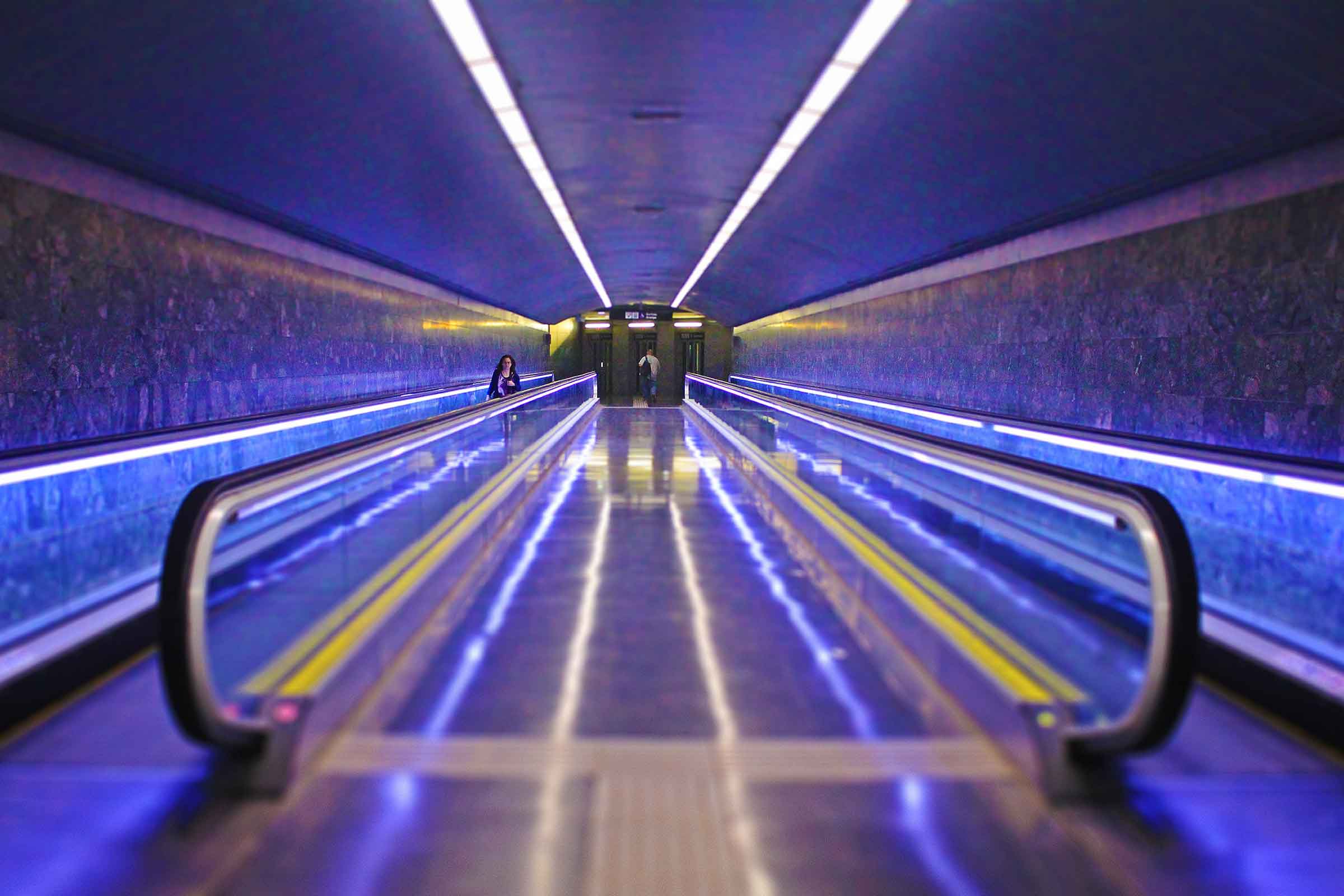It’s sometimes said that good things come in threes. So what does it mean when organisations like the World Economic Forum identify a fourth industrial revolution? What is it? How does it differ from the previous three? And what will work in the fourth industrial revolution look like?

We chatted to Dr Angela Ragusa, Senior Lecturer in Sociology at Charles Sturt University – and someone whose research includes the intersection between society and technology – to find out.
What is an industrial revolution?
Industrial revolutions happen with the invention of specific technology that radically transforms society. Real game-changing stuff; things that, once we have them, we almost can’t imagine life – and business – without them.
The first Industrial Revolution was powered by the invention of the steam engine. In the mid-eighteenth century, steam power enabled manufacturing to grow in scope and capacity.
The second industrial revolution can be considered the time of mass production. Steel, oil and electricity came about, further building manufacturing capacity and, as a result, igniting transformative inventions like the light bulb, telephone and internal combustion engine.
The third industrial revolution, starting in the 1960s, is also called the digital revolution. Think the personal computer, the semiconductor and, of course, the internet.
So, what does the fourth industrial revolution look like?
What is the fourth industrial revolution?
The fourth industrial revolution is defined by two trends: the gap between the digital, physical and biological worlds shrinking; and technology changing faster than ever.
Think of things like automation, artificial intelligence and smart technologies. Voice-activated assistants and digital healthcare sensors. The gap between such technologies being invented and their incorporation into everyday life is becoming ever smaller.
For evidence of this, it took roughly 75 years for 100 million people to get access to the telephone; Pokemon Go had that many users in just one month.
We expect this revolution to impact all industries and economies. Technological change is advancing at unprecedented speed. And we’re adopting these changes super quickly – in homes and workplaces around the world. And, as Dr Ragusa points out, in education.
“Take medical learning. We increasingly use simulations and virtual process in teaching that mean, for example, there is less use of animal experiments. This is good news both pragmatically but also, of course, ethically. Technology has meant that we don’t have to do things the same way as they have been done for often hundreds of years. And this has an impact at the practical level but also how we develop as a society.”
The impact upon society
The impact of technology on people and also communities is an important part of this transformation. We’ll certainly need people to make a difference in things like governance and privacy to ensure the best outcomes for everyone. It’s something Dr Ragusa sees as an essential, ongoing conversation around technology.
“There is certainly a class-based issue of access to technology. Certain governments have different levels of censorship and access to information. And there is certainly a sense of information overload. This is why critical thinking skills are essential.
“There is still, for example, a great difference between developed and developing nations in terms of technological literacy. It’s not the case that we have a democratised globe and everyone has equal access. So where can we work to help empower the audience?
“Firstly, we need to look at questions of who decides who gets access, and who defines a narrative for a society? Secondly, how are we using technologies. And for what purpose – these are fundamental questions we need to consider.
“Take facial recognition technology. Such tech can help in prosecuting criminals (given that often one of the impediments to prosecution is victims being unable to recall the identity of the perpetrator). However, there are concerns that it can be used to control behaviour in undemocratic ways. Some countries also use facial recognition to ensure adherence to a code of conduct. Which, consequently, raises questions of free will and human agency.
“You can use any technology positively or negatively. So we need to keep asking ourselves as a society, how are we using it and why are we using it.”
You and the fourth industrial revolution
So, how do you thrive in a rapidly changing workplace?
The key to success in work in the fourth industrial revolution will be adaptability. A broad range of skills that can be applied across industries and across careers will be important, as will lifelong learning to stay ahead of the curve. Creativity, empathy, entrepreneurship – machines can’t perform these things… but you can.
Communication skills are also important, as Dr Ragusa points out.
“Firstly, technologies allow citizens to play a part in media coverage – by capturing footage at the leading edge of a disaster, for example. Secondly, it also allows for unprecedented levels of knowledge sharing. In your industry you can be part of a global community.
“With that reach, you’ll also need communication skills to get your ideas across to a wide range of people. You might be speaking to individuals who are culturally different. How you make sense of, and interact with, the world is different with these technologies.”
Your future, right now
Work in the fourth industrial revolution is exciting and dynamic. So, ready to start preparing for it? You can, here.


You must be logged in to post a comment.